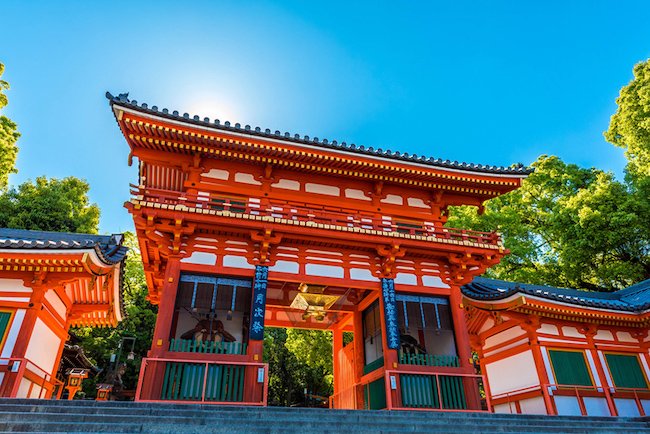Image: Japan Airlines
Vermilion gives a contemporary look to ancient Torrii gates at Shinto temples throughout Japan. It is, however, a colour deeply-rooted in history and tradition. The pigment for this electric colour comes from the mineral cinnabar, which also provides us with mercury. The pigment serves a practical purpose because it protects the wooden buildings from attracting bacteria. Barns in North America are often painted red for the same reason. Many believe cinnabar came to Japan via China many centuries ago. Vermilion has since become a sacred colour to the Japanese; it represents a life force, brings good luck and helps protect from evil spirits. This distinctive red-orange enhances Japanese crafts like ceramics and kimonos. Hanko stamps and seals, another ancient custom still practiced today, are also closely associated with vermilion.

